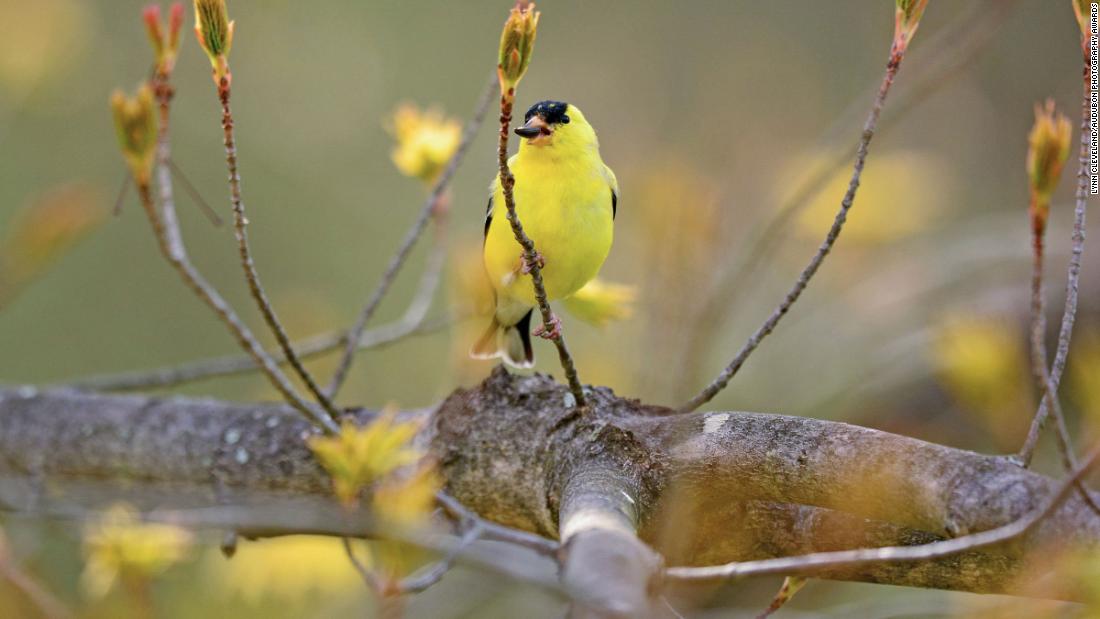Changes in precipitation and temperature, caused by climate change, disrupt places birds need to survive and thrive. We’re seeing changes in the timing and growing pattern of plants, and that leads to wild fluctuations in insect and animal communities. That means birds could run out of places to live and food to eat. Climate change also intensifies existing threats for birds — and people — including extreme weather events that can wipe out entire nesting nurseries or winter flocks.
As things stand, the iconic common loon could lose nearly 97% of the range it can occupy in the lower 48 states during the summer months. The Great gray owl could lose more than
97% of the places where it can survive. The piping plover could lose
87% of its habitable area in the summers, disappearing from most of the East Coast.
Research shows that we must reach net-zero carbon released into the atmosphere
by 2050 to slow and prevent the worst impacts of global warming.
We know how to do that. Natural solutions like
reforestation will absorb carbon pollution and
restoring coastal wetlands will reduce the impact of storms and flooding. Supporting the research and development of technology for increasing energy efficiency– such as large scale battery storage for backing up our energy sources– and cutting down on emissions in the first place will also make a massive difference.
Audubon’s bird and climate models are the first to include a comprehensive assessment of North America’s landscapes, including vegetation, agricultural land use and urbanization alongside a wealth of information on birds.
Thanks to advances in big data, we created maps for
604 species of Northern American birds that show — down to one square kilometer — where birds may have to move to find the conditions they need to survive. That’ level of detail will allow for planners to make decisions about where to put buildings and infrastructure and where to invest in nature.
We then looked at where birds are most at risk for dangers connected to climate change. We highlighted how threats like sea level rise and drought may compromise the birds’ habitats, creating insights on climate change in more detail than we’d been able to observe before.
Zip code by zip code, we can see how our communities and our birds could fare under various climate scenarios.
We are already experiencing some of the signs of climate change: Sea levels have risen, causing more frequent flooding in
Florida and other coastal areas. The seasons of fire in
California and
drought in the West are becoming more destructive. Humans and animals alike face the dangerous reality of
stronger hurricanes in the Gulf and along the
Atlantic coast.
But there are thousands of smaller impacts related to climate change that are just as dangerous for individual species.
For example, the glacier lily, a delicate yellow flower that blooms just after snowmelt in the Rocky Mountains, is an important food source for the broad-tailed hummingbird. Because of climate change,
the lily is blooming earlier. The hummingbird is showing up at its usual time, exhausted and hungry from its spring migration, only to find one of its main foods has already finished blooming.
Some birds will be able to adapt and colonize in new areas.
Turkey Vultures and American Crows, for example, do well living among people and may be able to survive sharing our space. Others will not be able to adapt as quickly to the changes in their climate.
Although birds may be able to fly somewhere else, landscapes cannot. As birds shift to find new locations, if the right habitat is not already established, they will not be able to thrive there. Birds like the bobolink, a grassland bird that nests in tall prairie grasses in Illinois and Minnesota, are predicted to move northward into the
boreal forest. It’s hard to tell if a grassland-dependent bird will be able to survive among trees.
One of the most startling outcomes of Audubon’s study is that many birds that are doing well today, such as the
American goldfinch, are going to be threatened by climate change in the future.
That’s why any plan to address climate change must not only protect birds and human communities today, but protect them well into the future. We need legislation that aims to reduce emissions from every sector of the economy, and we must also begin to solve the technological problems that are obstacles to accomplishing that.
Legislation like the BEST act would increase investments in research, development, and deployment of energy storage so renewable energy can be used regardless of when it is generated. It’s an example of the kind of concrete, achievable action that is necessary to protect not only the homes of the birds we love, but the places we call home as well.
The question is not can we do it, but rather: Will we do it?




